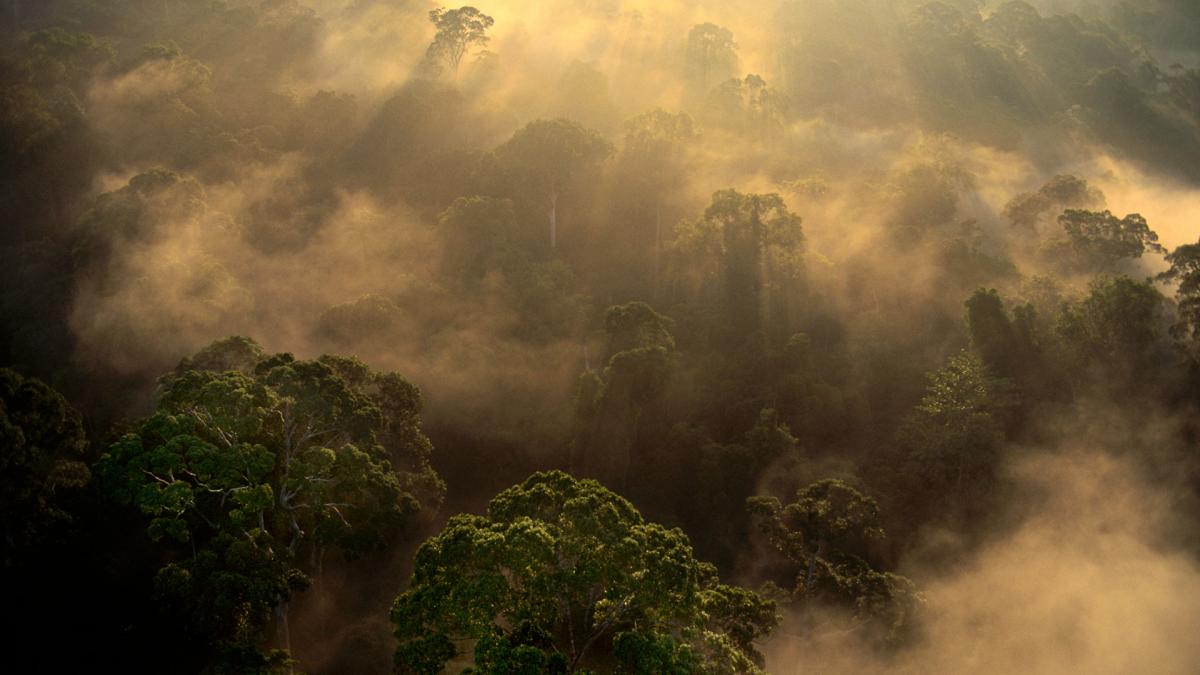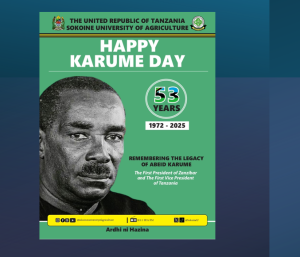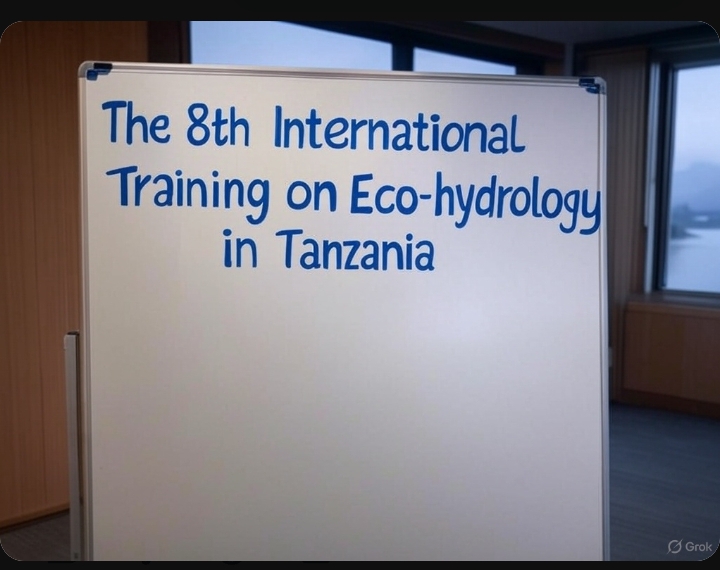Not long ago, top national leaders led by President Samia Suluhu Hassan hyped the campaign focusing on conserving environment.
It was during the event to first fill Nyerere Hydropower dam when President Samia stressed the need for conserving environment to ensure the long-term viability of the source of power generation.
The Head of State made it clear that the government has invested a lot of money in the project, saying if everyone protects environment, especially those in the source and tributaries of the rivers that feed the dam, its benefits would be realised on all fronts.
He reminded Tanzanians that the government was implementing the project at a very high cost, cautioning that it would be an absolute disgrace if we failed to meet its objectives due to negligence and selfishness.
President Samia told Tanzanians that conserving environment for the sake of protecting the project should now be treated as a matter of life and death.
The Head of State used the occasion to remind relevant ministers and regional commissioners to fully manage and conserve river sources in their respective regions.
Geographically, Morogoro Region has to play a key role in enabling Nyerere dam to prove its potential since the Kilombero River contributes 65 per cent while Luwega River contributes 19 per cent of the Rufiji water.
But, the dam does not depend solely on Kilombero and Luwega rivers since Rufiji River collects water from other streams along the route.
Generally, authorities in Iringa, Mbeya and Morogoro regions must come up with concrete strategies on how to protect water catchment areas given the fact that almost all rivers that supply water to Rufiji River originate there.
It would be recalled that during the fourth phase government authorities took drastic measures to save Ruaha River by removing herds of cattle from Ihefu Basin. Some of the herds of animals were taken to Lindi Region.
As Julius Nyerere Hydropower Project approaches completion more measures must be instituted to protect all rivers that flow into Rufiji River.
One of the strategies may involve carrying out a survey to identify all rivers, tributaries and streams that supply water into Rufiji River before crafting plans on how to conserve them.
The conservation strategies must, of course, involve local government leaders who live with people at grassroots level or else nothing will be realised. Let everyone play their role.



